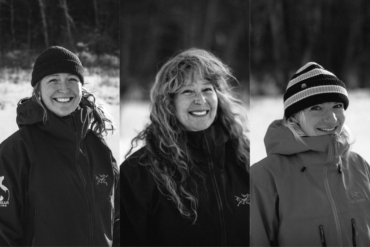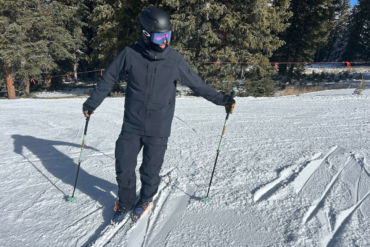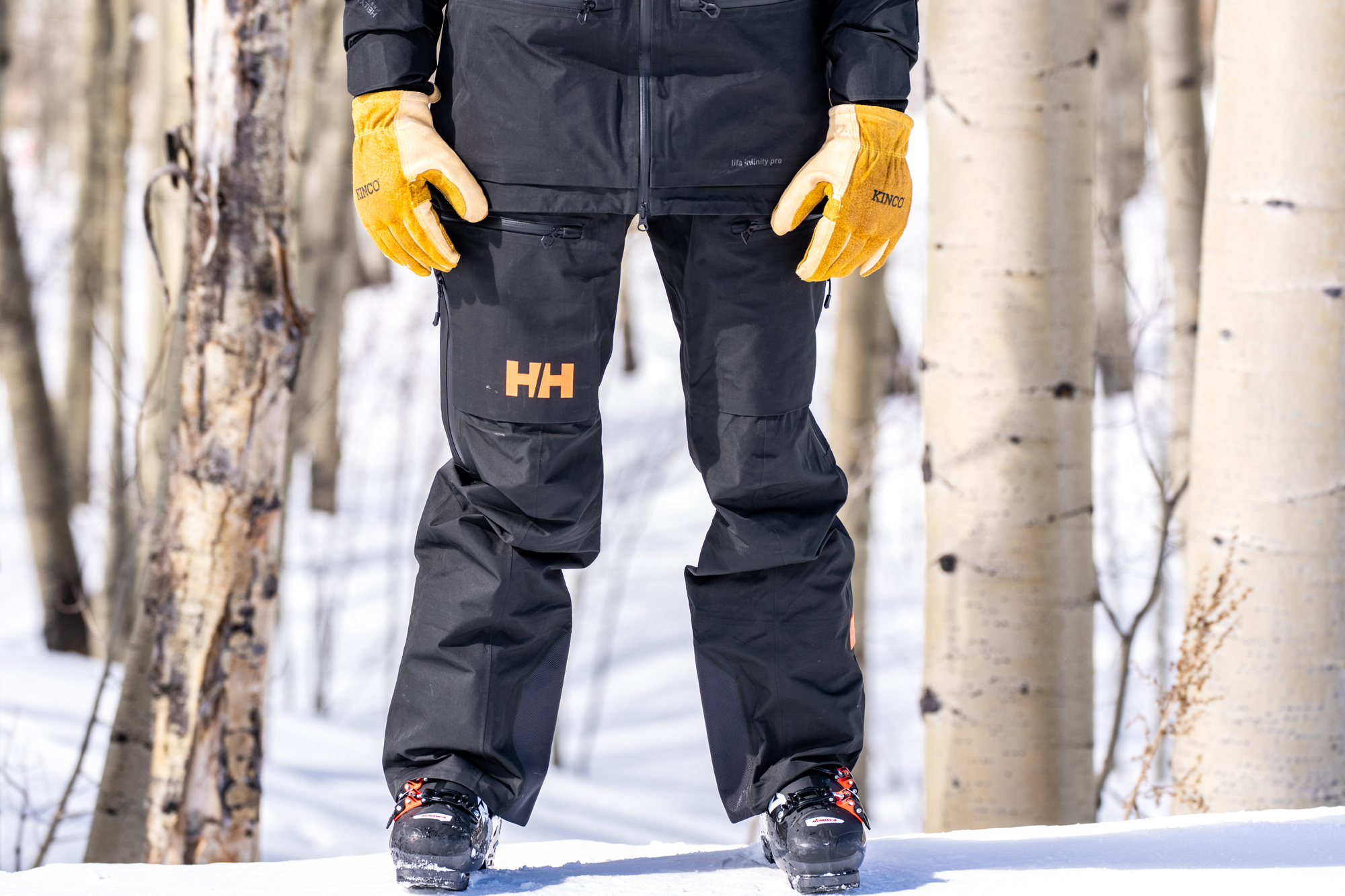More than 1,000 brands. 20,000+ attendees. The twice-annual Outdoor Retailer trade show, held over this past weekend in Salt Lake City, offers a peek at the future of gear. For the last four days GearJunkie editors and reporters met with dozens of companies at the trade show, collectively trekking miles through the convention center in search of the best new equipment the industry can offer. This is part I of our “Best in Show” awards (see part II of the series here), a spread of to-be-released products for 2012 that represents true innovation in the outdoors industry and some of the neatest new gear ever made. —Stephen Regenold
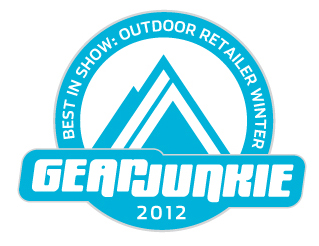
Intelligent Illumination — Look at a cliff face above a hiking trail. Your headlamp illuminates the rock with a 300+ lumen beam. Now, glance at your map; notice as the headlamp beam instantly tones down to adjust for a close view. That is the reality of the NAO from Petzl, a self-adjusting light that uses optical sensors and a tiny computer processor built-in to assess what you’re looking at, how far away it is, and then to change its output accordingly from 8 lumens to 355 lumens in a literal blink.
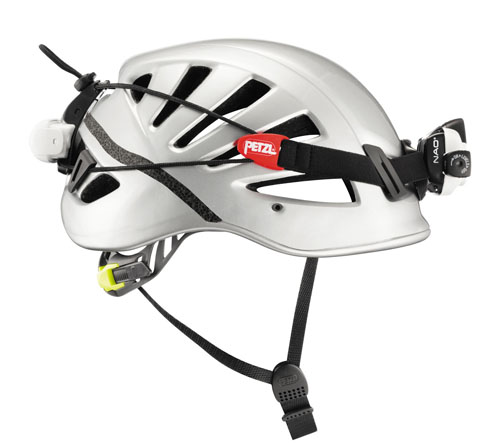
We tested the NAO headlamp, which will cost a cool $175 when it comes to market later this year, in the dark woods on an XC ski outing one night after the trade show. Short story: It works. The “intelligent” beam saves on battery life by only using the needed light for any distance view, plus you won’t blast your eyes with 300-lumen bounce back if you glace from that proverbial cliff face above to a glossy map held in hand.

Electric Powerhouse — Made to be charged up with solar panels and to store enough energy to power things like refrigerators and computers plugged in for days straight, the YETI 1250 from Goal Zero is a gas-generator killer. The company calls it a “complete solution for those looking for an alternate to a conventional gas-powered back-up.” It weighs a staggering 103 pounds and will cost $1,499.99 when it comes to market in May.
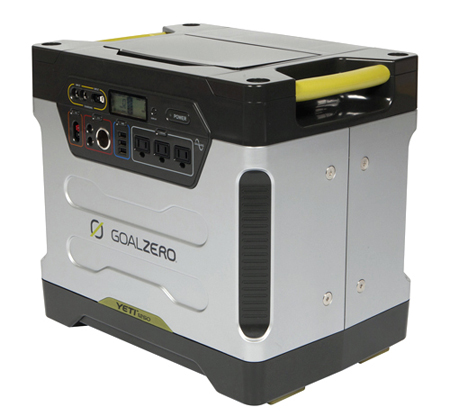
Swiss Cheese Coat — Built like a sleek windbreaker for outdoor activities, the H2 Flow jacket from Helly Hansen has a thin rip-stop face and a hidden internal layer of fleece. The fleece is drilled out with dozens of holes (positive and negative spaces, the company calls them) that trap heat in their big empty spaces. Too warm? Open the vertical vent zippers on the front of the coat and let the air flow — Helly says the Swiss cheese holes alternatively function to cool a wearer by letting air move freely through.
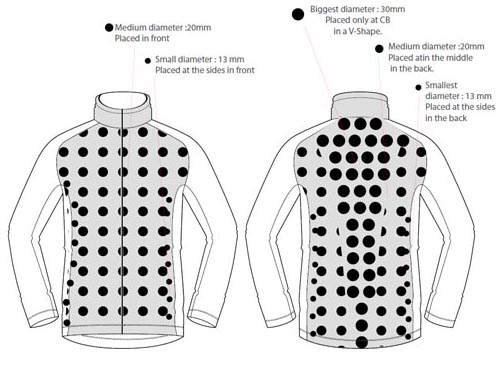
The claim is the H2 Flow jacket can regulate through a wide swing of scenarios where the temperature outside, wind, and your aerobic heart rate are all factors. It uses trapped body heat to keep you warm via the fleece and its large cut-out holes. But the elements, in the guise of flowing air let in with the front vertical zips open, are always available to cool you down and let air flow straight through the H2. The jacket will be released in a men’s and women’s version by mid-year for $175.
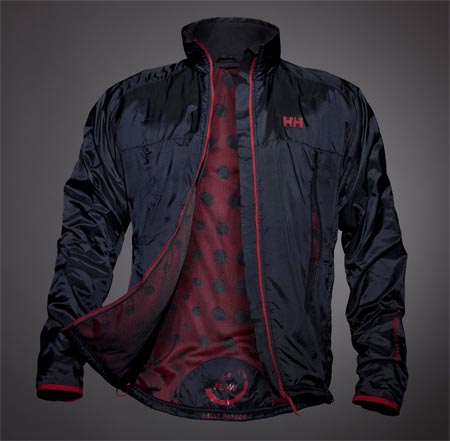
Summit Suit — Mountain Hardwear worked with famed speed-alpinist Ueli Steck to make a better suit for summiting the world’s highest peaks. Built for K2, Everest, and other 8000-meter monsters, the Absolute Zero Suit leans on goose down for warmth and the company’s Dry.Q waterproof-breathable fabric for protection in the most exposed places.
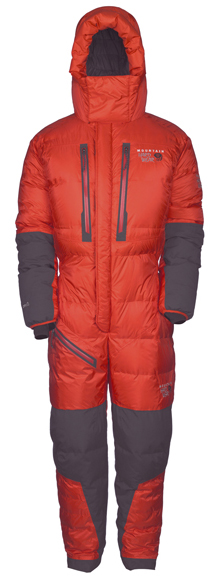
Lighter in weight than traditional down suits, and with lodes of design tweaks culled from Steck’s experience in the Himalaya, the Mountain Hardwear suit will undoubtedly be seen in elite high-altitude realms in coming seasons. Its collar area is made to be more compatible with oxygen mask units. There’s an internal suspender system. Huge zip pockets can hold water bottles, food, or other do-not-freeze items. Overall fit adjustments make the suit more sleek. Down low, a climber can unzip easier when nature calls with the suit’s redesigned “rainbow seat” on the rear. $1,250
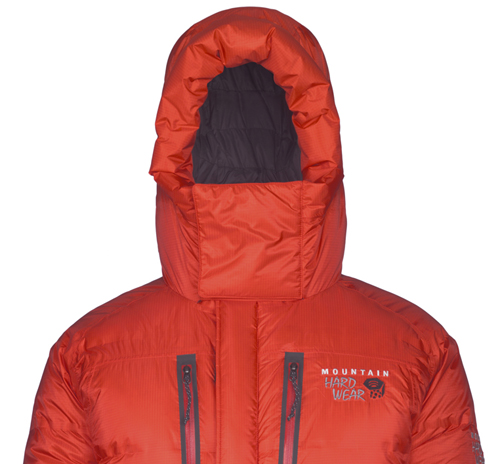
Wooly Warmth — Goose down and synthetic puff like Primaloft are no longer the only names in insulation for outdoors coats. For the first time, Ibex Outdoor Clothing and SmartWool; debuted jackets at the OR Show with fluffy wool fed in between fabric layers a la goose down. The result, as seen on Ibex’s Aire WI Hoody and SmartWool’s PhD SmartLoft Divide, are insulated pieces touted to be as warm as down but still warm if they get wet.
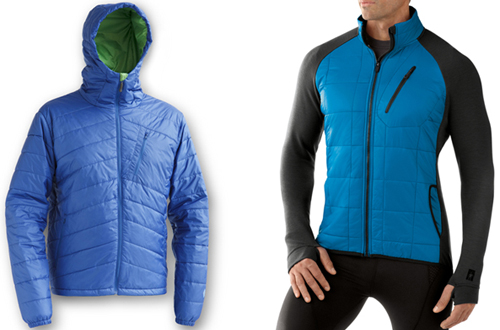
Ibex will offer wool insulation in a series of pieces in fall 2012. The company’s Aire WI line includes mid layers, hooded jackets, and an “urban silhouette” piece (Switch WI Shirt Jac) for men and women. SmartWool’s PhD SmartLoft Divide jacket, for men and women, is a sporty top that uses merino wool insulation and a weather-resistant shell. It will cost $200. The Ibex pieces will range from $280 to $495.
Water-Resistant Down — Perhaps the biggest fabric/materials buzz at the Outdoor Retailer show this winter surrounded the release of water-resistant down. At least two companies unveiled products with treated down said to retain its loft and its warmth even when wet.
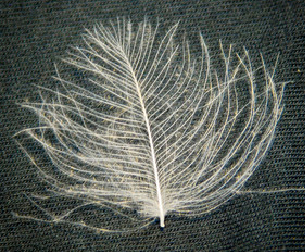
Live demonstrations at the OR Show were hard to ignore. Sierra Designs, which will release sleeping bags and puffy jackets with water-resistant down, had large Plexiglas beakers filled with treated feathers suspended in water. Show attendees could spin and tilt the beakers on a stand to submerge treated and regular down. It was easy to see the treated feathers absorbed much less water than the old fashioned fluff off a goose’s back.
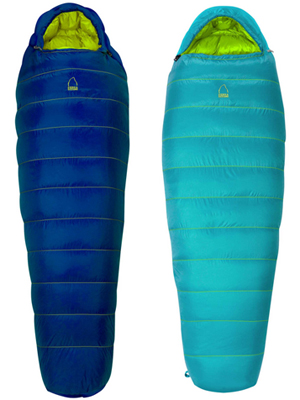
We covered the details of this neo-down in a pair of articles last week (“Hydrophobic Down Insulation by Sierra Designs” and “Impenetrable Down-Insulated Jacket”). The gist is Sierra Designs and Brooks-Range, who both win awards, will debut jackets and sleeping bags this year with goose down insulation covered in a polymer chemical applied to keep down dry longer in the presence of water and to also let it dry faster if soaked.
Both companies back off just short of saying “waterproof.” But the new down-insulation treatments offer a big upgrade for anyone looking to stay dressed in down even if things might be wet outside. In total, there will be five sleeping bags in the Sierra Designs line and at least four jackets. Brooks-Range for now announced one piece, its $299 Mojave jacket (below on right).
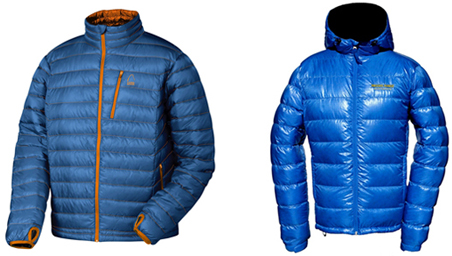
On the supplier side, Down Decor, a Cincinnati-based wholesale supplier of down, announced DownTek. Sierra Designs and Brooks won’t tell where their magic down comes from, but it looks like this Cincinnati company is a likely answer. DownTek is a polymer treatment for down and the company says it reduces the absorption of water by 300%. Down Décor announced its treatment will be available for 700- and 800-fill down pieces for customers including Marmot, Columbia, Mountain Hardwear, REI, and LL Bean, though none of those brands made announcements at OR to say they were jumping on the DownTek ship just yet.
Avalanche Vest — This teched-out ski vest from The North Face costs $1,300. But in an avalanche it could save your life. The ABS Powder Guide Vest, which will ship in mid 2012, is the first apparel piece with an ABS avalanche airbag inside. Compressed nitrogen canisters sit in pockets and are ready at the pull of a rip-cord to inflate a pair of high-volume bags made to keep a skier safe in an avalanche.
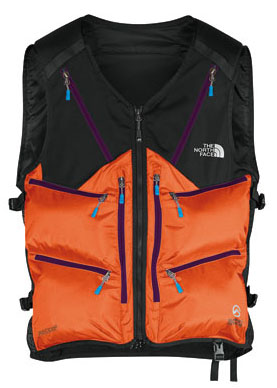
We covered this news in November in an article, “Commitment to the Core for 2012,” but essentially the avy vest cinches onto a skier almost like a climbing harness, including a metal hip-belt buckle and an under-the-crotch strap. It is designed to stay on the body of a skier tumbling through debris and down a slope in a slide. Made to replace a backpack for backcountry or sidecountry skiing, the vest is low profile but still has significant storage space and straps on back to carry a shovel as well as skis or a snowboard on the ascent.

The North Face partnered with Germany’s ABS GmbH for the airbag technology, which will also come in a backpack, the Patrol 24 ABS model (pictured above). Both are neat additions to TNF’s line and welcome products for any skier looking for an insurance policy on their back when shredding in the backcountry where the snow is deep.
—See part II of “Best in Show” for more innovative items coming in 2012. Author Stephen Regenold is founder of www.gearjunkie.com. Jason Magness, Chelsey Magness, Pat Petschel, and Sam Salwei contributed to this report.

